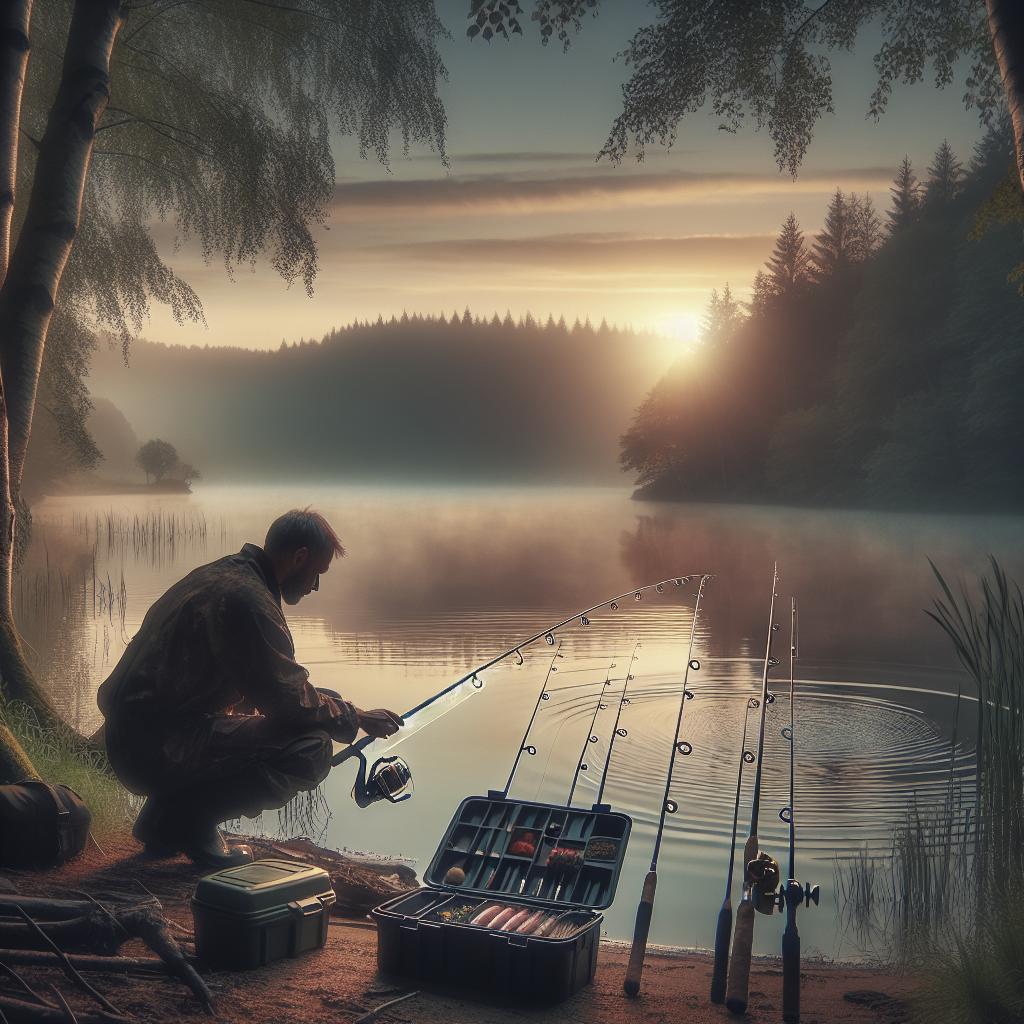“`html
Eco-Friendly Fishing: A Sustainable Approach
Fishing has been a crucial part of human survival, but with growing awareness about environmental impacts, it’s important to adopt eco-friendly practices. This guide explores responsible fishing methods, grades of sustainable fishing, key subjects involved, and valuable resources to educate enthusiasts and professionals. By embracing sustainable fishing, we not only conserve marine life but also ensure the longevity of the fishing industry. Throughout this article, you’ll discover actionable strategies to minimize ecological footprints while enjoying the time-honored tradition of fishing.
What is Eco-Friendly Fishing?
Eco-friendly fishing refers to methods and practices that minimize harm to fish populations and their habitats. It encompasses a holistic approach to fishing that respects ecological balance and promotes the conservation of marine wildlife. Traditional fishing often employs techniques that can lead to overfishing and destructive interference with ecosystems, whereas eco-friendly methods work to preserve natural diversity.
By adopting eco-friendly practices, fishermen can actively contribute to the health of ocean environments. This approach involves selective fishing techniques, using appropriate gear, and following the regulations that limit catch sizes and protect endangered species. Furthermore, it’s essential for recreational and commercial fishers alike to understand their role in maintaining marine ecosystems.
ARTICLE
The term ‘ARTICLE’ in this context is a placeholder and not representative of a standard subheading. It could imply practices, guidelines, or specific case studies related to eco-friendly fishing. Assuming some flexibility, it might delve into particular initiatives or policies that promote sustainable fishing.
Specific frameworks such as Marine Stewardship Council (MSC) certifications or national-level regulations ensure that fishing is done sustainably. These guidelines encompass sustainable catch limits, habitat protection measures, and community-inclusive strategies designed to conserve fish stocks. Eco-friendly articles assess the long-term viability of fish populations and emphasize socio-economic factors involved in fishing practices.
Grades in Sustainable Fishing
In the realm of sustainable fishing, ‘grades’ signify different levels or degrees of sustainability achieved by particular fishing practices. These grades are often set by regulatory bodies or sustainability organizations to help consumers and businesses recognize and reward eco-conscious practices.
High-grade sustainable fishing is characterized by techniques that have the least impact on fish populations and their habitats. This includes adhering to quotas, employing gear that minimizes bycatch, and protecting breeding grounds. By promoting these grades, we encourage more widespread adoption of practices that ensure the sustainability of fisheries for future generations.
Subjects Related to Eco-Friendly Fishing
Key subjects within the eco-friendly fishing discourse include marine biology, oceanography, environmental policy, and socio-economic factors. Understanding marine biology is crucial, as it informs practices that affect fish ecosystems and breeding patterns. Oceanography helps appreciate the physical and chemical conditions that impact marine habitats and fish migrations.
Additionally, environmental policies play a pivotal role in shaping sustainable fishing practices. Regulations, conservation efforts, and community engagement strategies are derived from these policies to balance ecological and economic interests. By studying these subjects, we better grasp the intricacies of eco-friendly fishing and the necessity of interdisciplinary collaboration.
Related Resources for Eco-Friendly Fishing
Numerous resources are available for those interested in learning and implementing eco-friendly fishing practices. Books, documentaries, online courses, and government websites provide valuable insights into sustainable fishing techniques and their benefits. Resources such as reports from sustainability organizations and guidelines from governmental bodies are imperative for staying informed.
Additionally, local fishing communities can be a source of practical knowledge, sharing eco-friendly methods passed down through generations. Engaging with these communities not only enhances one’s understanding of sustainable fishing but also supports the socio-cultural aspects tied to this vital practice.
Summary of Main Points
| Section | Key Points |
|---|---|
| Introduction | Importance of eco-friendly fishing; overview of sustainable practices and their benefits. |
| What is Eco-Friendly Fishing? | Definition and importance; emphasizes minimizing ecological impact and preserving marine life. |
| ARTICLE | Discussion on sustainable fishing initiatives, policies, and guidelines. |
| Grades in Sustainable Fishing | Explanation of sustainability grades; importance of high-grade practices for ecosystem preservation. |
| Subjects Related | Key areas of study such as marine biology and environmental policy to understand sustainable fishing. |
| Related Resources | Valuable materials and community engagement for promoting and learning about eco-friendly fishing. |
“`


